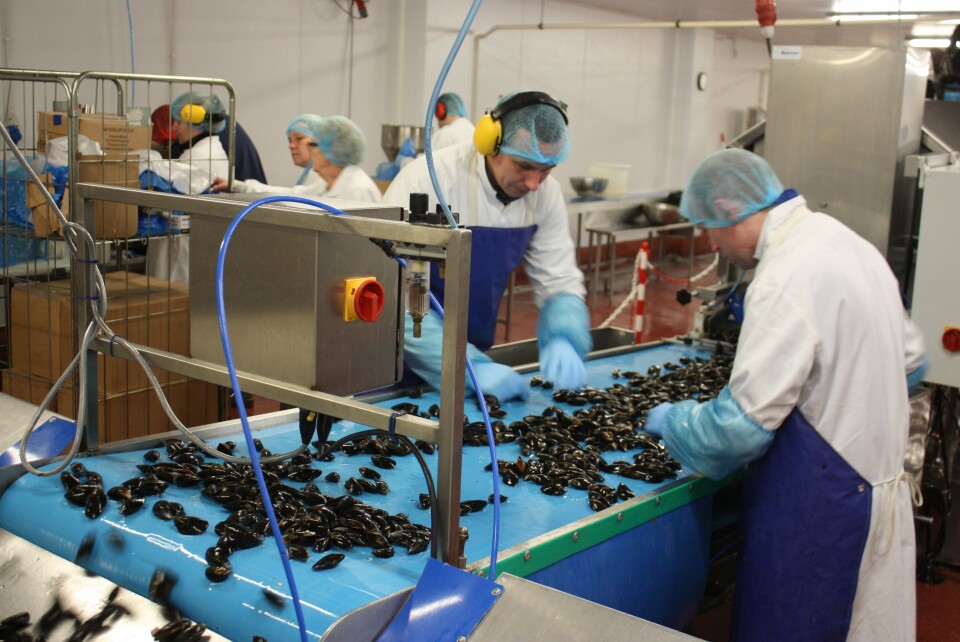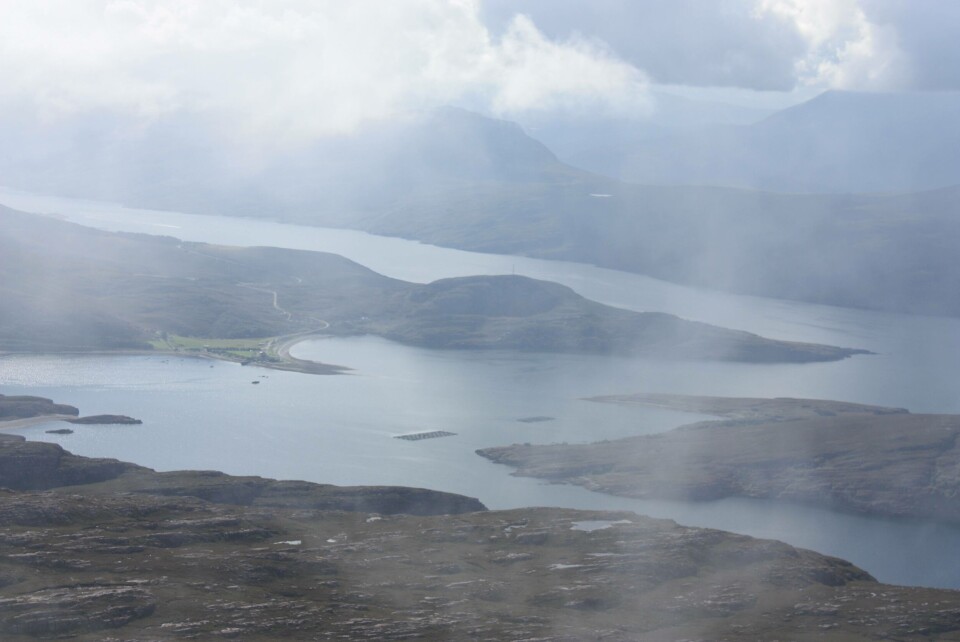
Scots to double aquaculture output
A group of leading businesses and organisations in Scotland’s aquaculture industry has come together for the first time to create an ambitious new growth strategy for the sector.
Launched today, the 2030 Aquaculture Strategy identifies key actions required to double the economic contribution of the industry from £1.8 billion in 2016, to £3.6 billion by 2030. It is estimated this will generate over 9,000 new jobs in the sector and establish Scotland as a global leader in the industry.
Aquaculture in Scotland is diverse, from the farming of salmon and other finfish species, to the production of mussels and oysters and the harvesting of seaweed. The industry is already a real success story in Scotland – salmon is the country’s top food export – however the new strategy seeks to unleash the sector’s full potential contribution to Scotland’s economy, environment and communities.

The launch today coincides with the Scottish Government Finfish Summit being held in Fort William and the strategy, developed after industry-wide consultation, sets out key recommendations for action by both the industry itself and government.
Recommendations
The recommendations cover six themes: industry leadership, regulation, innovation, skills development, investment and infrastructure.
Amidst 20 specific recommendations, three are identified as critical to the sustainable growth of the industry:
- The creation of a new industry leadership group to drive alignment between industry and government in order to deliver growth.
- A restructure of the role of Marine Scotland - the government agency that regulates the sector - to maintain its regulatory role but to remove its industry development role.
- The introduction world-leading innovation sites to trial cutting-edge equipment, technology and fish health strategies.
Widespread support
The Working Group that has produced the plan comprised representatives of the Scottish Salmon Producers Organisation, Scottish Aquaculture Innovation Centre, Scotland Food & Drink, Association of Scottish Shellfish Growers, Highland Council, as well as leading businesses in the sector: Aquascot, Gael Force Group, Ferguson Transport & Shipping and Wester Ross Salmon.
Commenting on the strategy, Stewart Graham, Group Managing Director of Gael Force Group and co-chair of the Working Group, said: “This new strategy reflects the industry’s ambition to drive sustainable growth and for Scotland to be a world leader in aquaculture. We have developed a roadmap to 2030 which can make a transformational impact on Scotland’s economy and our rural communities.
“However, the real work begins now and we want to forge a new partnership between the industry, government and its agencies to unlock the full potential of sustainably farming Scotland’s seas. The creation of a new Industry Leadership Group to reflect that collaborative partnership will be a critical first step.

“The strategy must act a catalyst to drive growth throughout the aquaculture supply chain through innovation, skills development and investment, and by ensuring we have proportionate and enabling regulation which balances economic growth and environmental sustainability.”
Political support
Speaking at today's Finfish Summit, Cabinet Secretary for Economy and Rural Affairs, Fergus Ewing, said: “Aquaculture is one of our real economic success stories of recent years, with the industry on track to grow to a value of well over £2 billion annually to the Scottish economy by 2020, supporting 10,000 jobs.
“I am committed to supporting development in this key sector as part of my determination to build growth in all parts of the rural economy. I warmly welcome the Vision 2030 Group’s report which is a strong signal of business confidence and highlights the significant further potential in the sector.
“The Scottish Government will now work with the industry to consider their detailed proposals and I have agreed to establish an Industry Leadership Group to help take that forward.”
A copy of the strategy can be found here: www.foodanddrink.scot/media/78119/lr-sfd-aquaculture-doc_spread.pdf























































